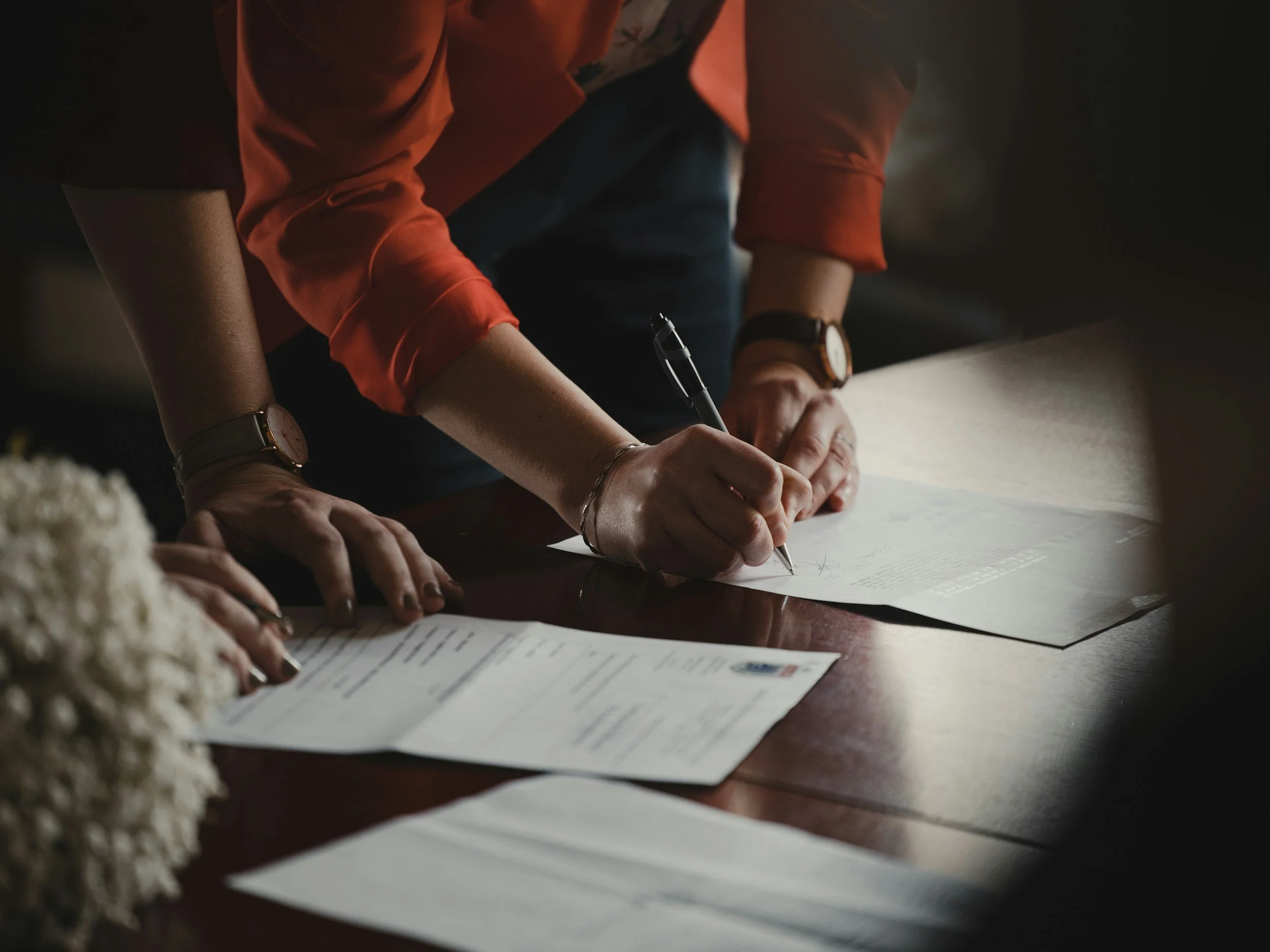How To Find The Right Paddleboard For Your Specific Needs
By PAGE Editor
Your paddleboard is an extension of you, and how it feels in the water is just as important as how it looks. You want a board that's comfortable, stable, and easy to control so you can focus on enjoying your time on the water. But with all the different types and brands of paddleboards available, how do you find the right one for you? Read on.
Read Reviews
The best way to start figuring out which paddleboard is right for you is to read reviews. You can get a lot of valuable information on different types of boards; a review on 10'6 AIR SUP will reveal that it is a great all-around board for flat water while a review on the 14'6 Red Paddle Co Ride will tell you that it's perfect for larger riders or those looking for a more stable ride.
Look for reviews by people who have a similar weight and height to you, as well as similar experience levels. Also, look for comments under the reviews about how quickly people received their boards, what they liked about the packaging, and whether or not there were any issues with customer service. This can be a great way to get a feel for what other people experienced when buying their board and how easy it was to resolve any problems they had along the way.
Packaging & Shipping
When you're buying a paddleboard, you want to make sure that you're getting a board that is properly packaged and shipped. Boards that are poorly packaged can arrive damaged, and if there are any problems with the board once you've received it, it can be difficult to get them resolved.
Look for boards that come in sturdy boxes with plenty of padding. The board itself should be wrapped in a thick layer of foam, with an extra layer around the rails. There should also be enough packaging material to protect the fins and the nose and tail of the board.
If you're buying a board from a reputable company, they will have no problem replacing a board that arrives damaged. But if you try to file a claim with the shipping company, they may say that it was clear the board wasn't packaged properly and won't compensate you.
Sizing and Weight Limits
When it comes to paddleboards, weight is everything. Look for boards that have a weight limit that is above your weight. This will ensure that the board is able to support you and won't bottom out when you're on it.
In addition, be sure to size the board correctly. A board that's too small or too large for you can be difficult to control and can lead to instability.
The best way to determine what size paddleboard you need is to measure your height and weight. Once you have those numbers, use this chart to find the right board for you:
Height Board Length 6'0" - 6'4" 10'6" - 11'6" 6'5" - 6'8" 12'0"+ 7'0" - 7'4" 11'7"+
Board Length: Weight
10'6"-11'6": 150-180 lbs. 12'0+:" 180-220 lbs. 11'7+:" 220-260 lbs.
A Tracking Fin
The tracking fin is a small removable fin at the back of the board that helps to keep the board going in a straight line. Not all boards come with a tracking fin, so if you're looking for one, be sure to check to see if it's included.
So if you're looking for a board that tracks well and can handle rougher waters, look for a board that comes with a tracking fin. If you'll be doing more flat-water riding, this won't really matter as much but can still be beneficial to have.
Carrying Straps and Handles
Having the right board is only half the battle you also need to make sure that your board is easy to carry wherever you go. If you're looking to take your paddleboard out on your daily commute, look for a board that includes carrying straps and handles. If you'll be doing most of your riding in one place and/or transporting it is not much of an issue, then these don't really matter as much.
So look for a paddleboard that includes straps and handles on the sides of the board and underneath, so you can easily carry it around on your shoulder or on your back. Some boards come with a removable handle in the middle for easy carrying when you're not using it.
If your board doesn't have straps or handles, no worries! You can also purchase them separately, but they are usually sold separately from the boards as well.
Finding the right paddleboard is not always easy. There are a lot of factors to consider before you make your purchase, and each board has its own set of pros and cons. However, once you find the right one, it will be worth the effort. A bad board might cause you more problems than it's worth in the long run, so take your time finding the right one if you're serious about paddleboarding.
HOW DO YOU FEEL ABOUT FASHION?
COMMENT OR TAKE OUR PAGE READER SURVEY
Featured











For Autumn/Winter 2026, Saul Nash’s Masquerade explores clothing as a transformative mask, merging tailoring and sportswear to empower fluid identity, movement, and self-expression through performance-led design.